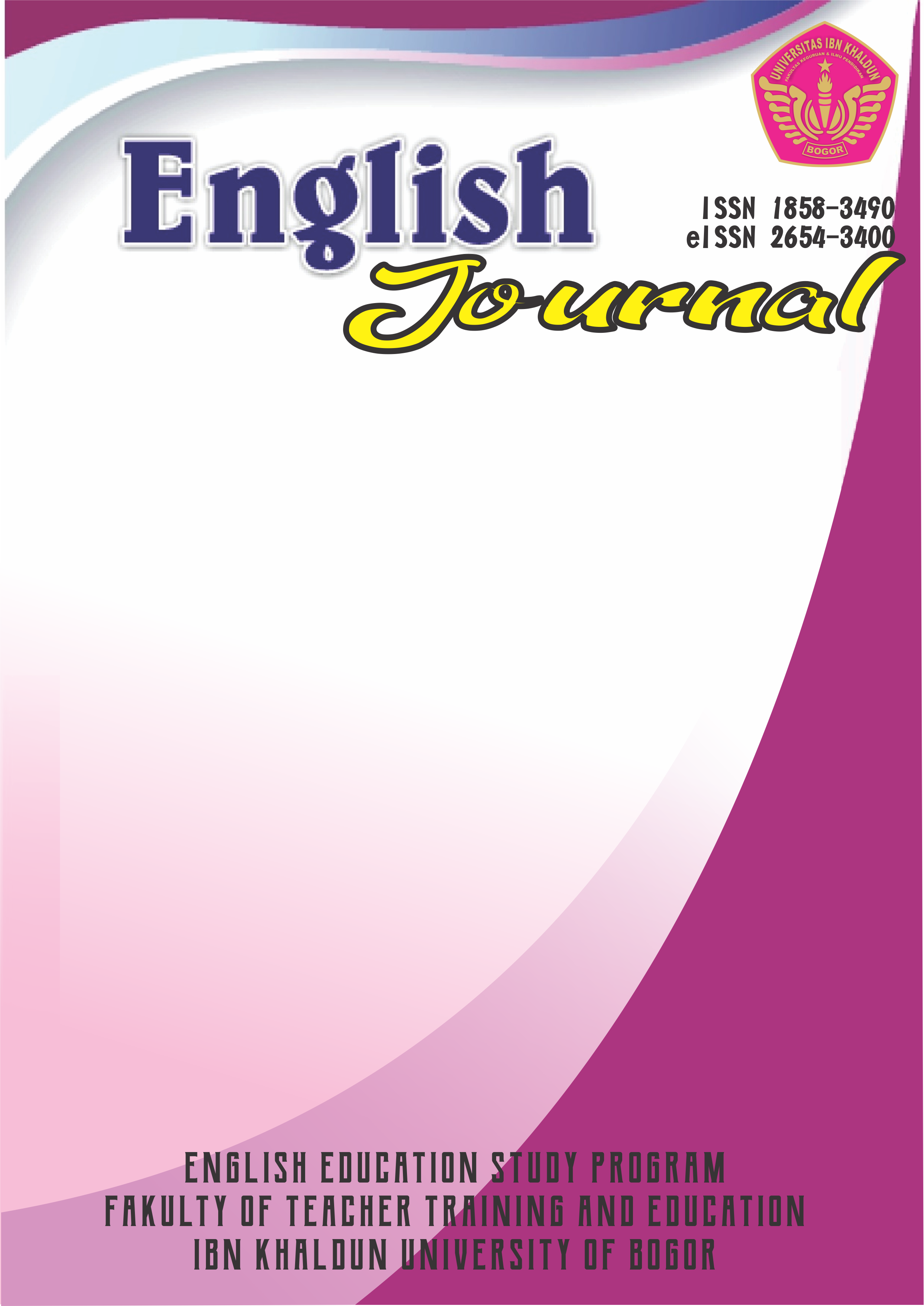PUBLIC SPEAKING ACTIVITIES TO IMPROVE STUDENTS' SPEAKING SKILLS
DOI:
https://doi.org/10.32832/english.v12i1.3769Abstract
In this region, English is mostly learned as the main subject. It starts from elementary school to university level, but most high school graduates cannot speak English even though they have been studying it for three years or more. This stimulated the researcher to create a breakthrough that would make it easier for students to practice their speaking skills as much as possible. The programs consisted of three activities: discussion (hot issues talk), debate forum, and speech presentation. Participants in this study were 50 second-year high school students in Indonesia. They were divided into two groups: experimental and control classes. The experimental class consisted of 25 students who engaged in public speaking activities, while the control class consisted of 25 students who did not participate. The findings of this quantitative analysis showed that members of the experimental class who engaged in public speaking exercises experienced an increase in their English-speaking skills. It can be discovered that public speaking activities can be used as an approach to enhancing the ability of high school students to speak.References
Al Hosni, S., (2014). Speaking Difficulties Encountered by Young EFL Learners. International Journal on Studies in English Language and Literature (IJSELL). 6 (2), 22-30.
Best, J.W. (1977). Research in Education. Third Edition. Englewood Cliffs, Nj: Prentice-Hall.
Bilal, H.A., et.al. (2013). Problems in Speaking English with L2 Learners of Rural Area Schools of Pakistan. European Journal and Social Sciences. 24 (1), 1220-1235
Blair, W.R. (1982). Innovative Approaches to Language Teaching. USA: NB House Publisher Inc.
Burton, W.H. (1962). The Guidance of Learning Activity. New York: Appleton Century, Crol, Inc.
Crick, N., & Crick, N. (2018). The Rhetorical Situation. In Rhetorical Public Speaking. https://doi.org/10.4324/9781315232522-7
Gan, Z. (2012). Understanding L2 Speaking Problems: Implications for ESL Curriculum Development in a Teacher Training Institution in Hong Kong. Australian Journal of Teacher Education. 37 (1), 43-59.
Gurrey, P. (1961). Teaching English as a Foreign Language. London: Longmans.
Hadfield, J. & Hadfield, C. (2012). Introducing to teaching English. Oxford: Oxford University Press.
Harmer, J. (2007). How to teach writing.Essex: Pearson Longman.
Johnson, R. (2003). The art of public speaking. In Fire Engineering.
Liu, M. (2007). Anxiety in oral English classrooms: A case study in China. Indonesian Journal of English Language Teaching, 3(1), 119-137.
Nikitina, A. (2012). Successful Public Speaking. In Ebook.
Noprifal (2016). Students' Voice: EFL Speaking Problems on English Day Program at One Senior High School in Indonesis. Jurnal Ilmiah Universitas Batanghari Jambi (JIUBJ) Februari 2016.
Nunan, D. (1992). Research Methods in Language Learning. Cambridge: Cambridge University Press.
Romine, S.A. (1954). Building the High School Curriculum. New York: The Ronald Press Company.
-----Chamber Twentieth Century Dictionary (1977): Edinburg.
Rivers, W.M. (1987). Interactive Language Teaching. New York: Cambridge University Press.
Tinjaca, R.A.B. & Contreras, R.A. (2008). Overcoming Fear of Speaking in English through Meaningful Activities: A Study with Teenagers. PROFILE, 9(1), 23-46.
Virgil, A.A. (1967). Training the Speaking Voice. London: Oxford University.

















1.png)




